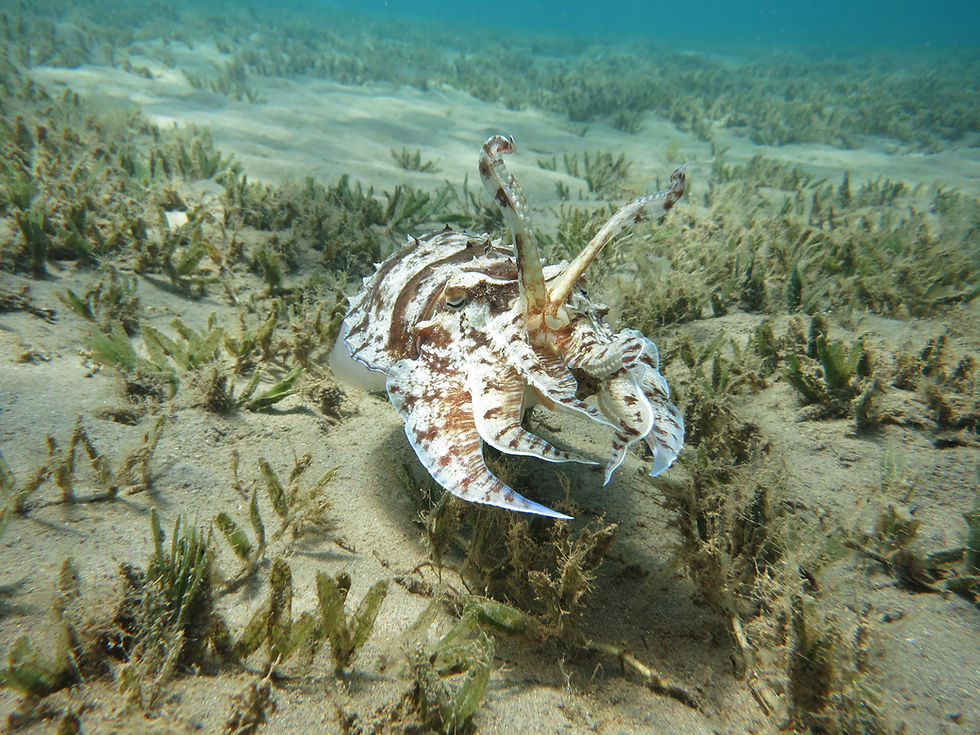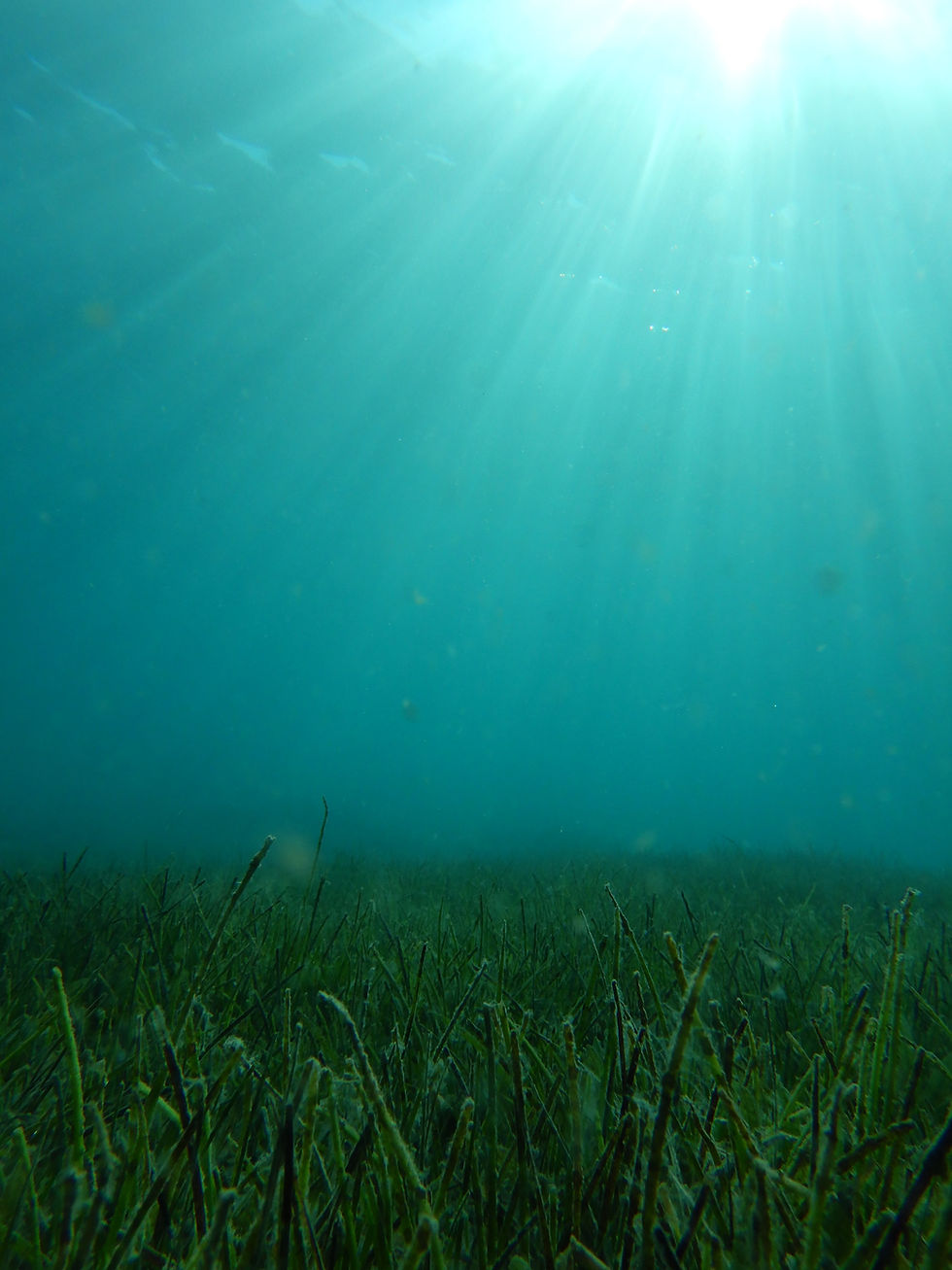

What are seagrasses ?
Seagrasses are a unique group of marine flowering plants (angiosperms) that are found in shallow-water shorelines from sub-Artic to tropical regions.
Seagrasses can form extensive sub or intertidal meadows represent one of the planet’s most productive ecosystems, ecologically and economically, with an estimated ecosystem services value of $2.8 million per square kilometer of seagrass meadow per year.
Seagrass meadows provide a wide array of ecological services, including carbon sequestration (“blue carbon”, carbon stored in the sediments as inorganic and organic forms), nutrient cycling, improvement of water quality, sediment stabilization, and buffering storm impacts.
Seagrass meadows generally host rich and diverse species assemblages, playing an essential role in sustaining exceedingly high biodiversity. Seagrasses have been shown to provide breeding habitats and shelter for fish and invertebrate species. Their leaves and rhizomes offer suitable substrates facilitating the colonization of epiphytic organisms such as macro and microalgae, bacteria, fungi, molluscs, crustaceans, foraminifera and many others.








